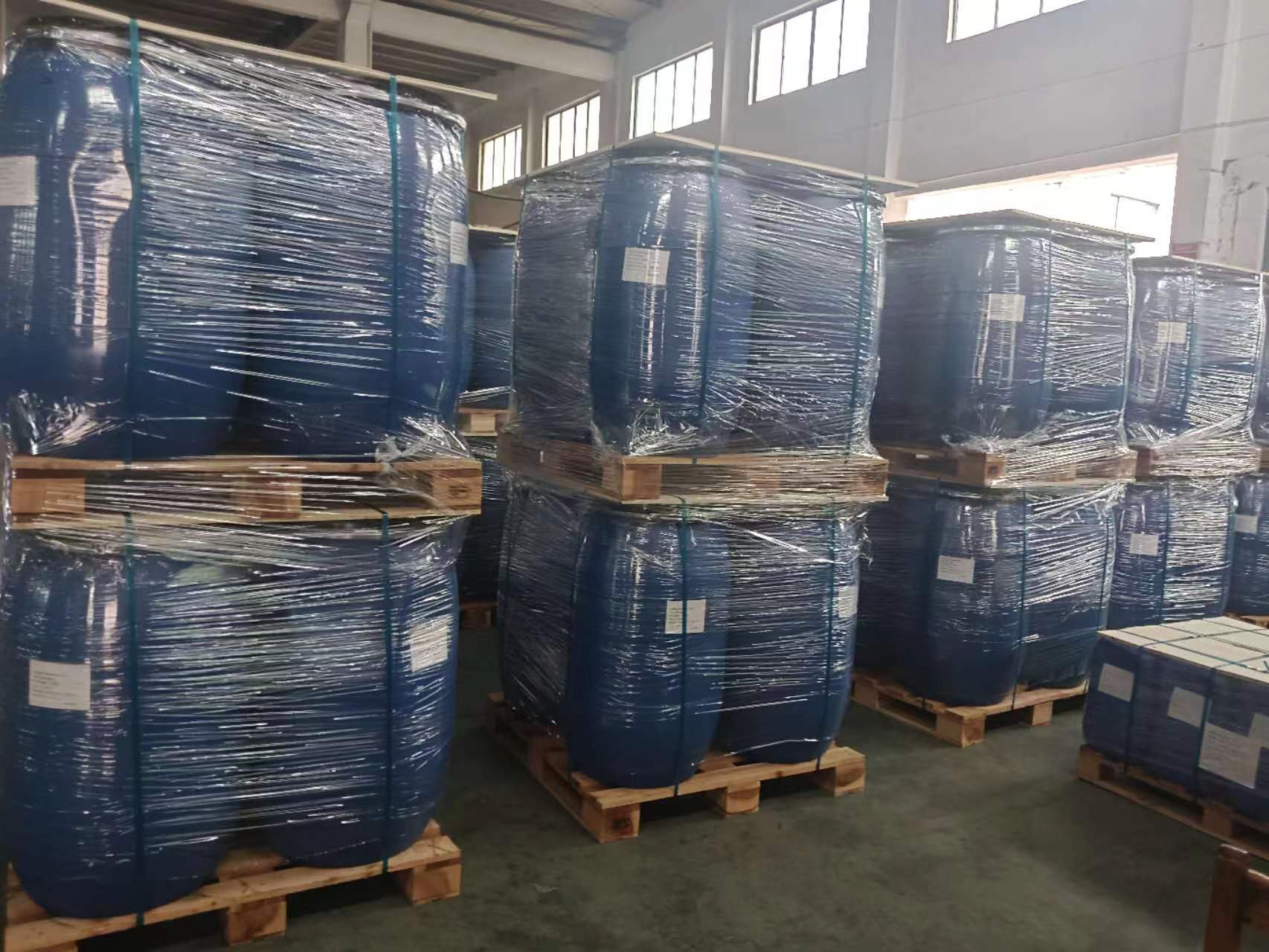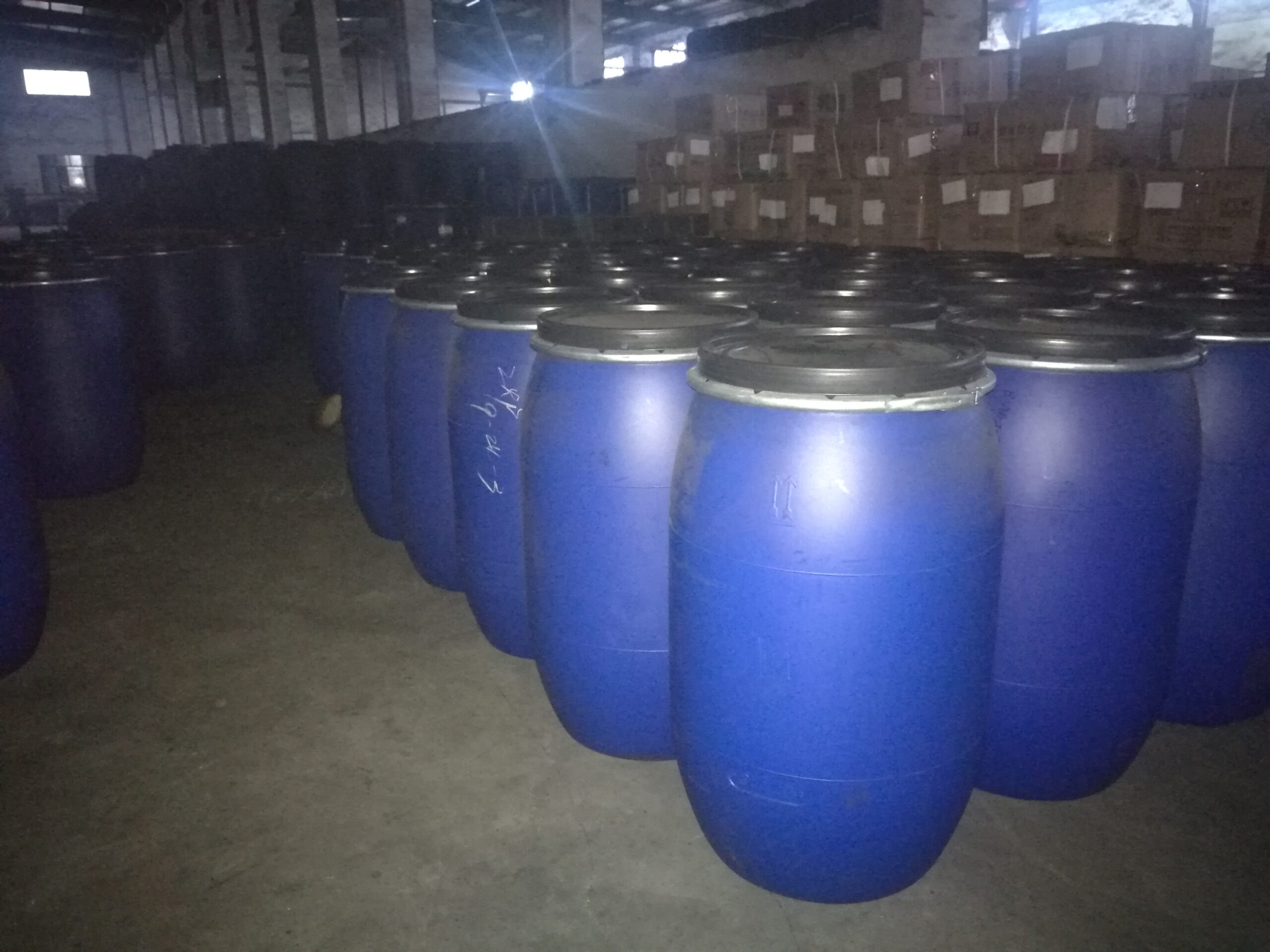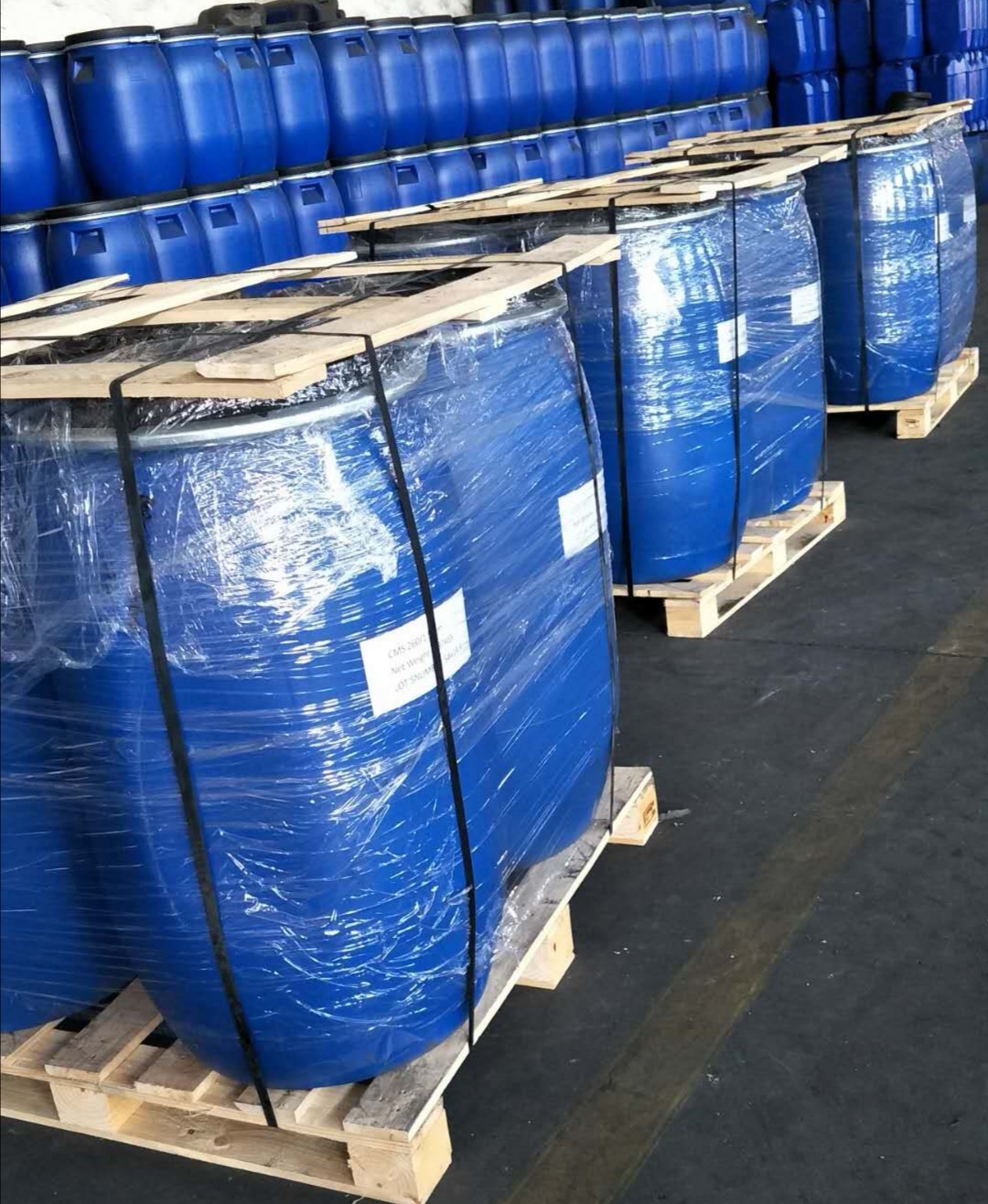What is the industrial way to extract oxygen from air?
In industry, separating oxygen from air is an important and common chemical process. This process mainly relies on physical methods, especially taking advantage of the physical property differences of various components in the air under specific conditions for separation. The following are several main industrial methods for air separation to produce oxygen:

一、Low-temperature Distillation Method (also known as Deep Cold Separation Method)
Principle:
Separation is achieved by taking advantage of the different boiling points of the various components in the air. Under standard atmospheric pressure, the boiling point of oxygen is -183℃, while that of nitrogen is -196℃. By lowering the temperature and increasing the pressure, the nitrogen in the air can be liquefied first, followed by oxygen and other components.
Steps:
Compression: Compress the inhaled air to increase its pressure and density.
Pre-cooling and purification: Remove water, carbon dioxide and other impurities from the air.
Deep cooling: Further cool the air to a temperature close to liquefaction.
Fractional distillation: In the fractionating column, separate the components step by step based on their different boiling points, and finally obtain high-purity liquid oxygen and gaseous oxygen.
Advantages:
It can produce a large amount of high-purity oxygen.
The technology is mature and highly reliable.
Disadvantages:
The equipment is complex and has a relatively high energy consumption.
It requires continuous operation and maintenance.
二、Pressure Swing Adsorption (PSA) Method
Principle:
Separation is achieved by utilizing the selective adsorption capacity of specific adsorbents (such as molecular sieves) for gas molecules at different pressures. When the pressure increases, the adsorbent preferentially adsorbs nitrogen; and when the pressure decreases, the adsorbed nitrogen desorbs, thus realizing the separation of nitrogen and oxygen.
Steps:
Pressure adsorption: Compressed air is introduced into an adsorption tower filled with adsorbent. Nitrogen is adsorbed while oxygen passes through.
Desorption regeneration: The pressure inside the adsorption tower is reduced to release the adsorbed nitrogen and restore the adsorbent’s adsorption capacity.
Cyclic operation: By alternately using multiple adsorption towers, continuous production is achieved.
Advantages:
The equipment is simple and requires less investment.
It has low energy consumption and flexible operation.
Disadvantages:
The purity of the produced oxygen is relatively low (generally not exceeding 95%).
It may not be economically viable for large-scale production.
三、Membrane Separation Method
Principle:
Separation is achieved by taking advantage of the differences in permeation rates of various gases through polymer membrane materials. Generally, oxygen passes through these membrane materials more readily than nitrogen.
Steps:
Compressed air is fed into the membrane module.
On one side of the membrane, oxygen passes through the membrane layer at a faster rate and enters the other side, while nitrogen is mostly retained on the original side.
The permeated oxygen is collected and purified.
Advantages:
The equipment is compact, easy to install and operate.
It has low energy consumption and low maintenance costs.
Disadvantages:
The purity of the produced oxygen is limited (generally between 90% and 95%).
The pretreatment requirements for raw air are relatively high.

In summary, the main methods for separating air to produce oxygen in industry include cryogenic distillation, pressure swing adsorption, and membrane separation. The choice of method depends on specific production needs, cost budgets, and technical feasibility, among other factors.


